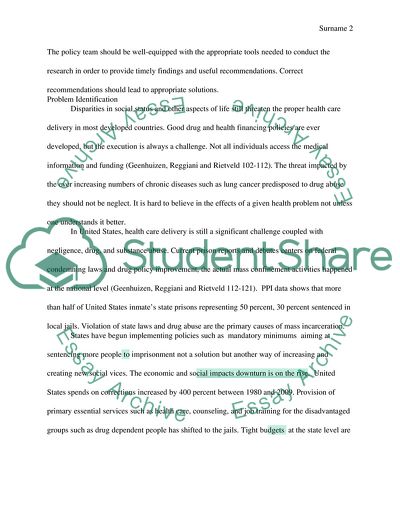Cite this document
(Drug Mass Incarceration in United States Coursework Example | Topics and Well Written Essays - 3500 words, n.d.)
Drug Mass Incarceration in United States Coursework Example | Topics and Well Written Essays - 3500 words. https://studentshare.org/social-science/1851544-mass-incarceration
Drug Mass Incarceration in United States Coursework Example | Topics and Well Written Essays - 3500 words. https://studentshare.org/social-science/1851544-mass-incarceration
(Drug Mass Incarceration in United States Coursework Example | Topics and Well Written Essays - 3500 Words)
Drug Mass Incarceration in United States Coursework Example | Topics and Well Written Essays - 3500 Words. https://studentshare.org/social-science/1851544-mass-incarceration.
Drug Mass Incarceration in United States Coursework Example | Topics and Well Written Essays - 3500 Words. https://studentshare.org/social-science/1851544-mass-incarceration.
“Drug Mass Incarceration in United States Coursework Example | Topics and Well Written Essays - 3500 Words”. https://studentshare.org/social-science/1851544-mass-incarceration.


